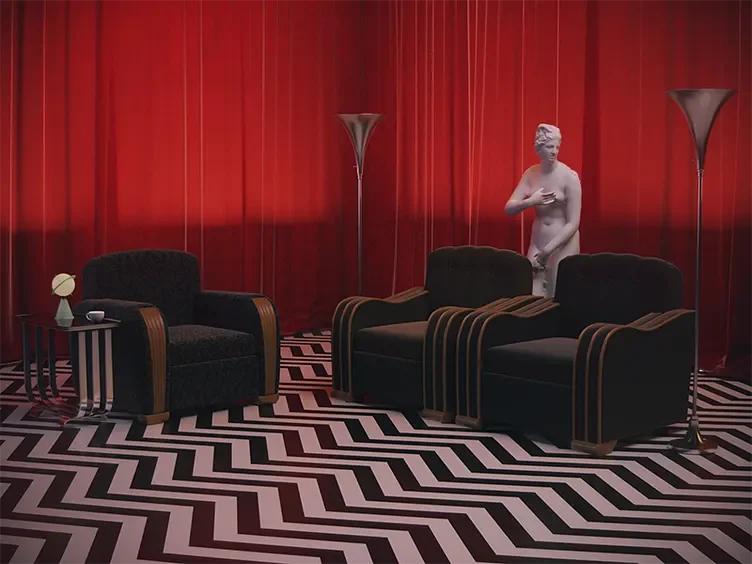Future Living Redefined: How the Metaverse is Inspiring a New Wave of Design
As technology continues to evolve, so too does the way we approach design. Nowhere is this more evident than in the metaverse, a digital world that is expanding at an unprecedented pace. The metaverse is no longer just a place for gamers and tech enthusiasts - it's becoming a hub for designers and architects to showcase their vision for the future of living spaces.
One recent example is the Winter House, a digitally rendered home that was the collaborative dream of Andres Reisinger and Alba dl Fuente. Inspired by the coldest season, the pastel pink residence is located in a stunning winter landscape and includes a circular front entrance that also functions as an elevator, a cozy all-pink living room with a dramatic central fireplace, a sun-drenched master bedroom, and more. While the home only exists in the metaverse, it represents the beginning of a trend that could see more architects and designers exploring the possibilities of designing digital homes.
via @reisingerandres
Harry Nuriev via Hypebeast.
It’s hard to deny that the advent of the metaverse has ushered in a new era, inspiring a wave of innovation that is redefining the future of living. One designer who embodies this movement is Harry Nuriev, whose work is heavily influenced by the metaverse. Nuriev, the founder of Crosby Studios, is known for his unconventional approach to interior design, which often incorporates playful, surrealist elements. His designs are bold, experimental, and often defy convention. They challenge us to think outside the box and imagine new ways of living.
Nuriev's work is part of a larger trend that is shaping the future of design. As we embrace new technologies and explore the possibilities of the metaverse, we are rethinking our approach to interiors. We are moving away from traditional, static designs and towards dynamic, fluid spaces that can adapt and change with our needs.
Image credit: Jessica Ticchio
4Ocho Quebradas House, Elemental, Los Vilos, Chile, 2013. © Cristobal Palma
However, the impact of the metaverse is not limited to the digital realm. With the ability to use virtual reality technology to create immersive environments, architects and designers can offer clients the opportunity to explore and experience their future homes before any physical construction takes place. Creating immersive experiences that help clients better visualize and walk-through their designs can revolutionize the way homes are designed, and potentially even reduce the environmental impact of traditional construction. Artificial Intelligence and virtual reality are already helping us design homes and urban spaces that are more sustainable and energy-efficient, which is becoming increasingly important as the world grapples with the effects of climate change.
Emerging technologies and design innovation are allowing for a level of personalization that was once unimaginable with smart homes fully controlled via voice commands and furniture that adapts to the user's needs. Home Futures: Living in Yesterday’s Tomorrow explores this idea, highlighting how emerging technologies are enabling us to rethink the way we live. The new publication features a range of designers who are using cutting-edge materials and techniques to create homes that are sustainable, functional, and beautiful. From modular housing to vertical farms, these designs are pushing the boundaries of what is possible and inspiring us to reimagine our living spaces.
As we look to the future, it's clear that the metaverse and other emerging technologies (hello AI will continue to shape the way we design and live in our homes. From digital homes that exist only in the metaverse to physical homes that are designed using virtual reality technology, the possibilities are endless. The future of living spaces is being redefined, and we can't wait to see what's next.
via @reisingerandres
Keep the inspiration flowing










